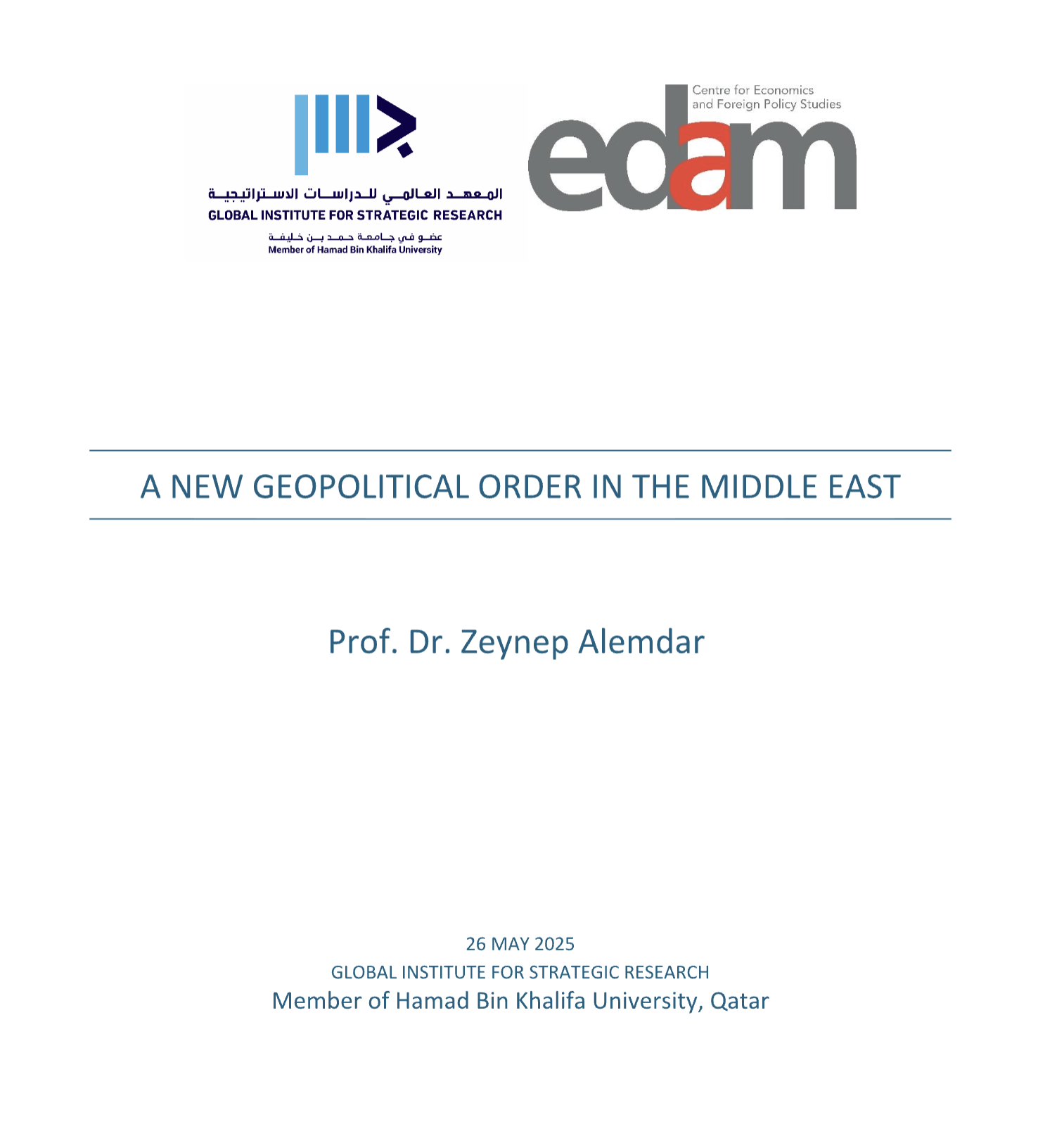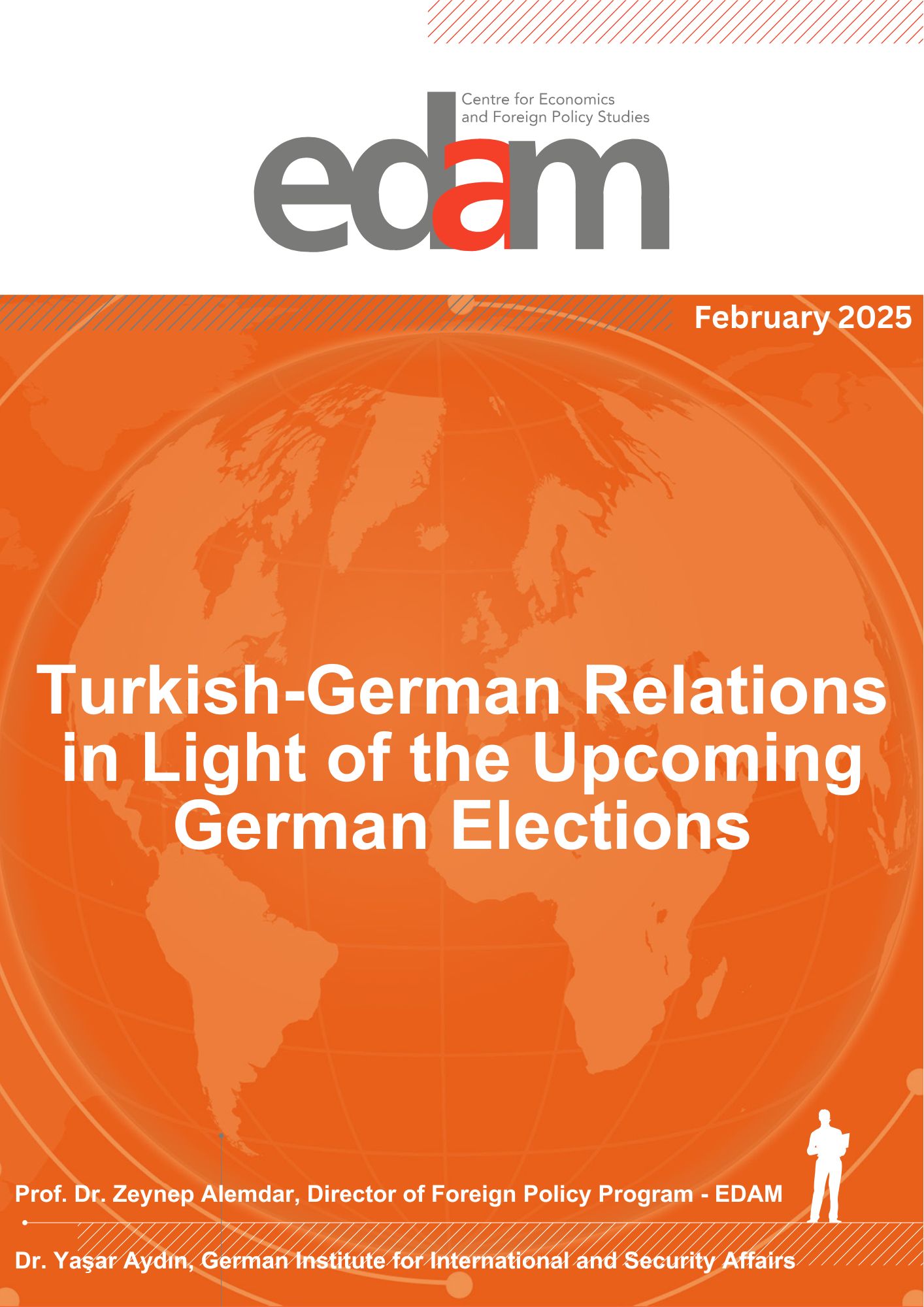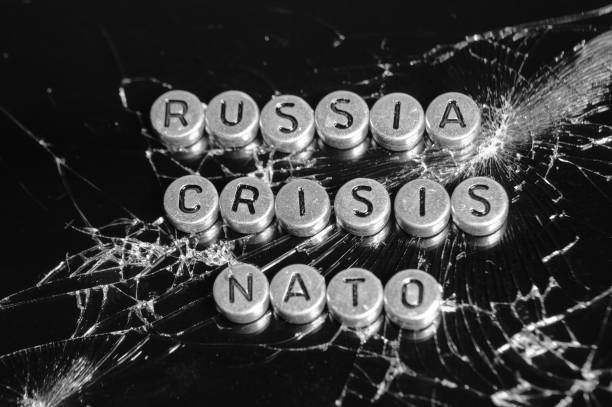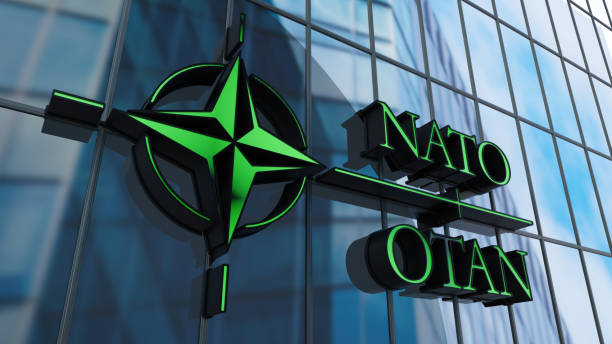
In the Shadow of Guns: Armament Trends of the PKK & YPG Terrorist Network
Executive Summary
- The PKK & YPG terrorist network is entering a new phase of “hybrid warfare” in terms of its armed capacity. This new trend poses a significant threat to Turkey’s national security. The terrorist organization is likely to develop an asymmetric combat capability akin to the Lebanese Hezbollah or Hamas, except for these groups’ tactical ballistic missiles and heavy rocket arsenals.
- In particular, the YPG & PKK’s man-portable air-defense systems (MANPADS), anti-tank guided missiles (ATGM), and mini-unmanned aerial vehicles pose severe threats to conventional formations.
- A thorough monitoring of regional conflict and armament trends is critical to address the threat at its source. Turkey needs to prevent the PKK terrorist organization from acquiring further game-changing weaponry such as the RPG-30 anti-tank launchers or SA-25 Verba MANPADS.
- In the early 1990s, with the First Gulf War, Saddam Hussein’s forces lost control over an important share of their arsenal which led to a drastic increase in the PKK’s combat capacity. A similar situation emerged more recently during the Syrian Civil War. Besides the loss of control by the Syrian Arab Army, the Syrian Mukhabarat has systematically provided arms to the PKK for decades.
- Illegal arms flowing into Syria and the weapons transferred to groups that have organic ties to the PKK have further deteriorated the security situation. The weapons seized during Operation Claw-Lightning & Thunderbolt in Iraq provide significant evidence showcasing the trans-border characteristics of the PKK & YPG’s arsenal.
- PKK’s terrorist activity in the 1990s triggered a systemic transformation in Turkey’s military capacity. The Turkish Armed Forces’ doctrinal order of battle has transformed from the Cold War-era’s bulky, division-based structure into a more flexible structure centred on brigades. At the time, Turkey also introduced air-mobile and mountain commando units, attack helicopters, formed and effectively used special forces, and carried out systematic cross-border operations, which, overall, led to military success in the 1990s. However, hybrid warfare and terrorism environment of the 21st century is significantly different from the low-intensity battlegrounds of the 1990s.
- To tackle the emerging national security threat, Turkey must prioritize the following strategic frameworks:
- Adopting a specific strategy targeting the PKK terrorist network’s critical capabilities and requirements,
- Targeting the game-changer weapon systems and supply networks of the YPG & PKK plot,
- Defeating the PKK’s drone program.
- Thorough monitoring of regional conflicts will remain critical for coming decades. A smart analysis of the 2006 Lebanese Hezbollah-Israeli Defense Forces conflict would have, for instance, left little room for surprise in Syria for Turkish decision-makers. Turkey needs to develop a comprehensive strategic analysis & open-source intelligence capacity to address similar problems in the future.









